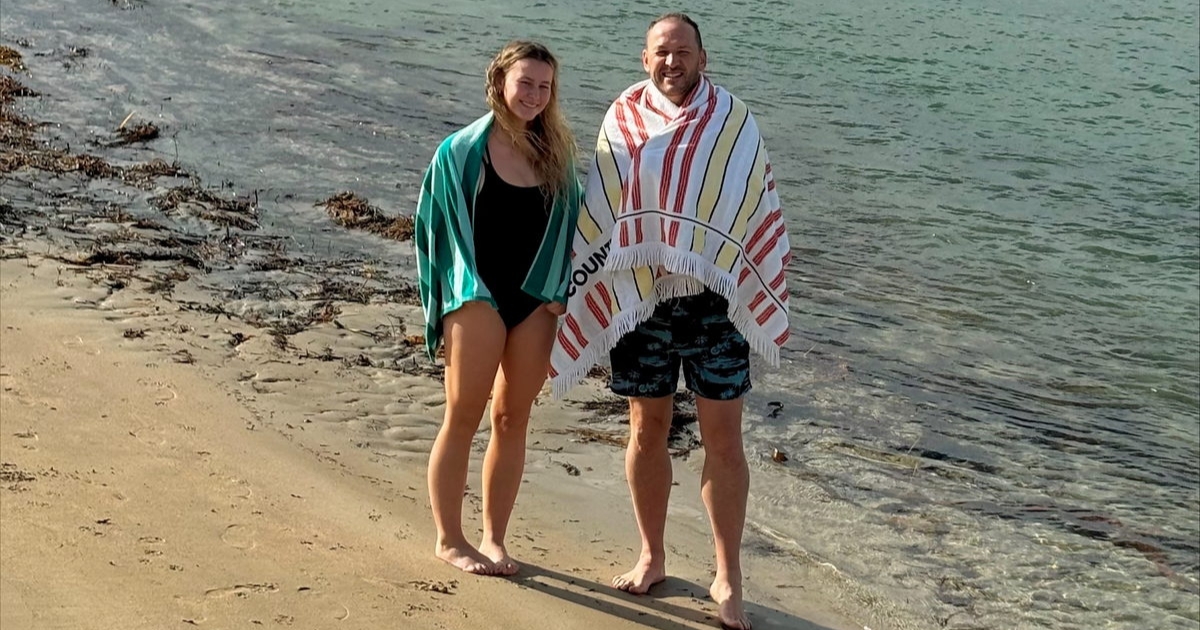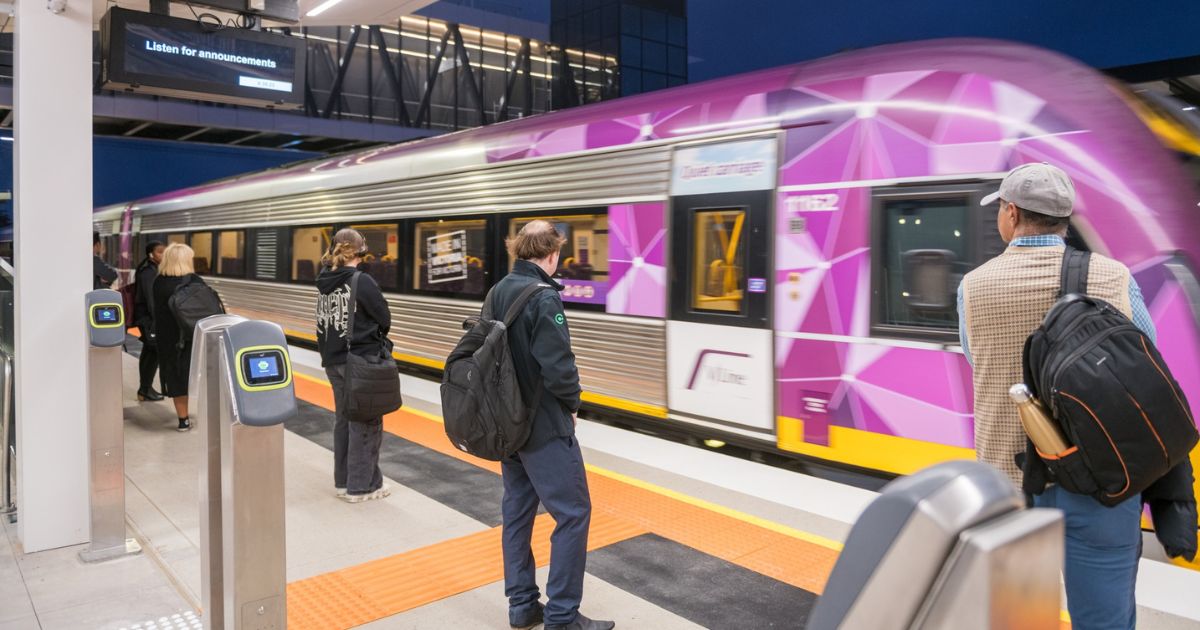Understanding Italian wine labels: Yes you Chianti
The great thing about travelling to wine regions which double as tourist hotspots is that the wines of the region often develop international recognition as a result, we only have to look at Provence and its Rose at the moment which is sweeping the world. The language barriers and very different wine laws across countries can mean that some things are lost in translation. You return from visiting Florence and run in to your local wine store to grab a bottle of Chianti (actually pronounced kee-ahn-ti). But what is that? A region? A grape? Just a name? Let’s clear it up.
First of all is the geography; Chianti is a wine region within the broader region of Tuscany, Central Italy.
Second is the level of quality in the bottle based on what is on the label. In Italy, they have a four-tier quality system. Starting with basic vino da tavola, followed by IGT (In this case the IGT Toscana is relevant, it covers all of Tuscany including wines made within the Chianti area that don’t meet the stricter rules further up the quality tiers).
Next is the DOC of which there are over 300 in Italy, but none in Chianti. Finally, we reach the highest tier of
quality as stipulated by the Italian wine laws; DOCG. Any wine labelled as Chianti has to meet the rules of the DOCG including which grapes can be used, minimum alcohol, release dates etc. A wine labelled as Chianti Classico faces similar rules although the permitted areas are far fewer and the rules slightly more stringent in attempting to protect traditions of the area.
Finally, for the part you really want to know, what is the juice in the bottle? Principally it will be Sangiovese for Chianti (between 70 and 100 per cent) and Chianti Classico (between 80 and 100 per cent). The remaining percentage will vary from producer to producer and vintage to vintage. In Chianti Classico it may only be any of the following: Canaiolo, Colorino, Cabernet Sauvignon and Merlot. In Chianti it is far more liberal, basically any grapes permitted in Tuscany are allowed up to the maximum 30 per cent of the blend. There are further requirements for ageing in oak and bottle, but the detail is too extensive to cover here.
Toscolo Chianti DOCG 2016 – $23 Neil and Maria Empson hailed from New Zealand originally when they set
up their Italian wine exporting business in the early 1970’s. They were pioneers and early proponents for Italian wines in the USA. A long history scouring Italy for great estates has undoubtedly given them insight into great sites too. This wine is made with fruit from across the Chianti region, made with 100 per cent Sangiovese in partnership with superstar consultant winemaker Franco Berndei. It shows off the bright red and black cherry
fruits of Sangiovese, juicy acidity and fine grippy tannin. It balances being soft and supple enough for easy drinking with savoury depth and structure to enjoy with tomatoey pasta sauces or pizza.


















